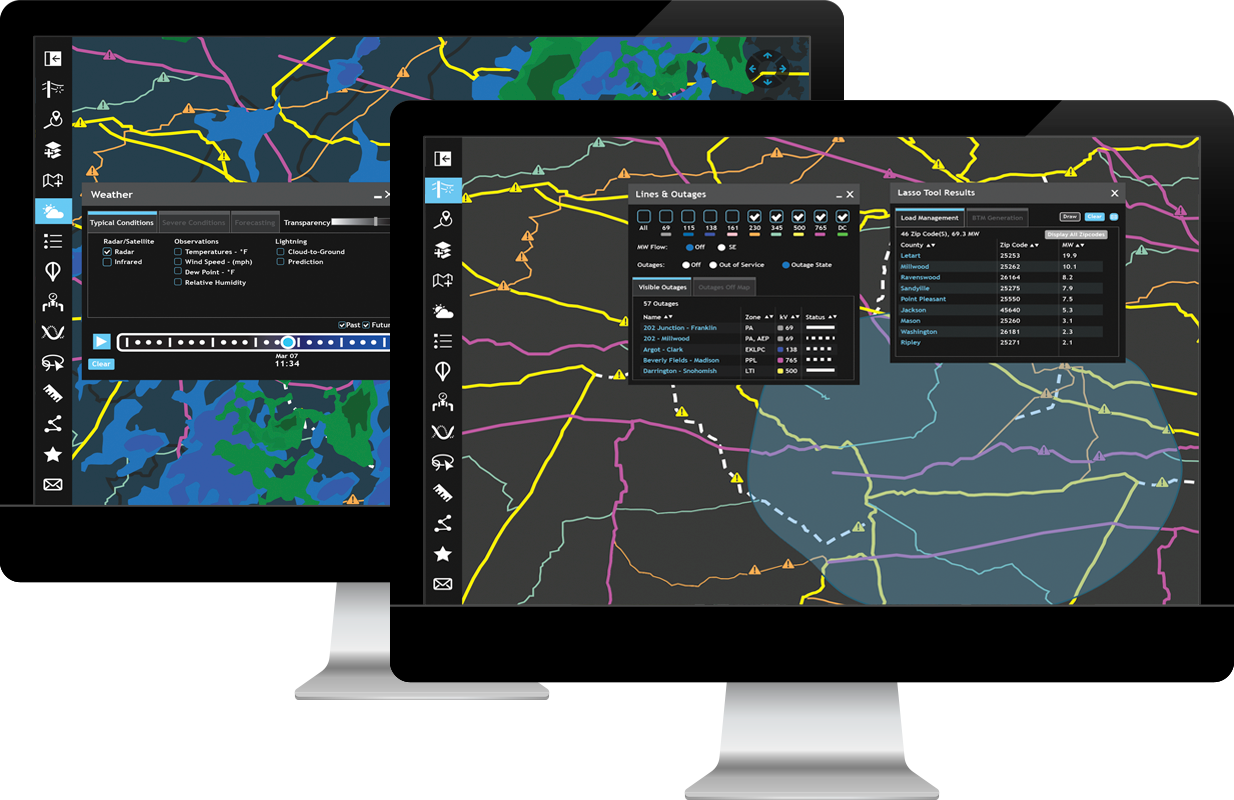How Is Electrical Engineering Applied In The Development Of Smart Grid Monitoring And Control?

Have you ever wondered how your electricity gets to your home? It goes through a complex system called the electrical grid that spans across the United States. In order for this system to work efficiently and effectively, it needs to be constantly monitored. That's where electrical grid monitoring comes in.
Electrical grid monitoring refers to the process of collecting and analyzing data from various devices within the electrical grid. This data is used to detect and prevent potential issues, such as power outages or equipment failures, before they cause significant damage.
There are various types of devices that are used for electrical grid monitoring, including phasor measurement units (PMUs), digital fault recorders (DFRs), and synchrophasors. Each of these devices collects different types of data that can be used to paint a comprehensive picture of the electrical grid.
PMUs, for example, measure voltage, current, and frequency levels at various points in the grid. This data can be used to identify areas of the grid that may be experiencing high levels of stress, and take corrective action to prevent power outages or equipment failures.
DFRs, on the other hand, are used to record and analyze data during system disturbances, such as power outages or equipment failures. This data can be used to pinpoint the exact location and cause of the disturbance, allowing for more efficient repairs and future prevention efforts.
Synchrophasors are another type of device used for grid monitoring. They provide real-time measurements of grid conditions and can detect abnormalities in the system before they cause issues. This allows for faster response times and more efficient energy management.
Overall, electrical grid monitoring is essential for ensuring that our electrical grid is reliable, efficient, and safe. It allows for predictive maintenance and quicker response times to issues, ultimately leading to better service for consumers.
However, it's important to note that the electrical grid is not infallible. As we saw in 2003 with the Northeast blackout, even with advanced monitoring systems in place, issues can still occur. But with continued advancements in the field of electrical grid monitoring, we can work towards a more reliable and efficient electrical grid for all.
So next time you flip the switch and your lights turn on, remember all of the work that goes into making that happen. Electrical grid monitoring may not be the most glamorous job, but it's a vital one.
Post a Comment for "How Is Electrical Engineering Applied In The Development Of Smart Grid Monitoring And Control?"